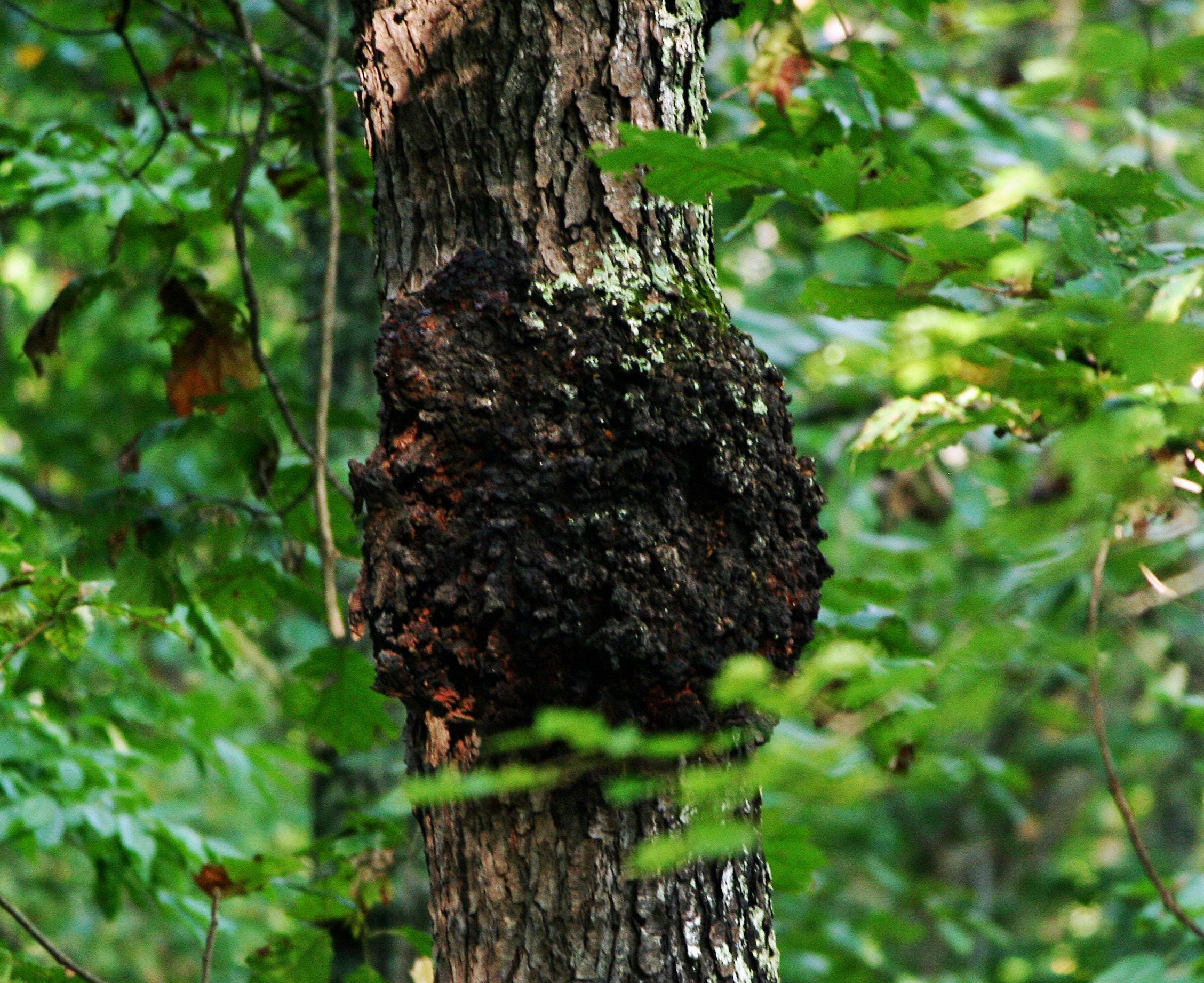What Is Cherry Tree Gall: Why A Cherry Tree Has Abnormal Growths


If your cherry tree has abnormal growths on its trunk or roots, it may be the victim of cherry tree crown gall. Crown gall on cherry trees is caused by a bacteria. Both the condition and an individual growth are termed “gall” and both cause cherry tree problems. Cherry tree crown galls are generally soft, not hard, and cause deformity or rot in the trees. Crown galls also appear on some 600 other species of trees. Read on to learn more about crown fall on cherry trees and what to do about it.
What is Cherry Tree Gall?
Galls are rounded, rough lumps of modified woody tissue. They appear on a tree trunk or tree roots in response to irritation by bacteria, fungi or insects. Crown gall on cherry trees is a disease caused by the bacterium Agrobacterium tumefaciens, which produces growths on cherry trees. These bacteria are soil-borne. They enter the cherry tree’s roots through wounds the tree suffered when it was planted, or those caused by frost heaving or insect wounds that cause cherry tree problems.
Why Your Cherry Tree Has Abnormal Growths
Once the bacterium attaches to the cherry tree cell walls, it releases its DNA into the plant cell chromosome. This DNA spurs the plant to produce growth hormones. The plant cells then begin to multiply rapidly in an uncontrolled fashion. Within two weeks after infection, you can see tumors on the cherry tree. If your cherry tree has abnormal growths, they are probably cherry tree crown galls. Look for crown gall on cherry tree roots or near the root collar of a cherry tree. You can also spot crown galls on the tree’s upper trunk and branches. Sometimes people refer to these galls as burls. However, the term “burl” usually means a woody swelling on the trunk of a tree in the shape of a half-moon, while crown galls are usually soft and spongy. Since burls are woody, they can sprout buds. Woodworkers prize the burls on cherry trees, especially black cherry specimens, because of their beautiful swirls of wood grain.
What to Do About Crown Gall on Cherry Trees
Crown gall can deform young, newly planted cherry trees. It causes rot in many established trees and slows down their growth rate. Your best defense against crown gall on cherry trees is to buy and plant only non-infected trees, so ask about the problem at the nursery. In addition, be careful to avoid hurting or wounding your young cherry trees. If crown rot is a problem in your orchard, you can find preventive dips or sprays to use before planting. These contain a biological control agent that may help prevent crown rot. If your cherry trees currently have crown galls, you can tolerate it or else pull out the tree, roots and all, and begin anew. Don’t plant the trees exactly where the old ones were planted to keep the new roots away from any infested roots remaining in the soil.
Gardening tips, videos, info and more delivered right to your inbox!
Sign up for the Gardening Know How newsletter today and receive a free copy of our e-book "How to Grow Delicious Tomatoes".

Teo Spengler is a master gardener and a docent at the San Francisco Botanical Garden, where she hosts public tours. She has studied horticulture and written about nature, trees, plants, and gardening for more than two decades. Her extended family includes some 30 houseplants and hundreds of outdoor plants, including 250 trees, which are her main passion. Spengler currently splits her life between San Francisco and the French Basque Country, though she was raised in Alaska, giving her experience of gardening in a range of climates.
-
 Moody Blooms For Spring: 8 Types Of Black Flowers To Add Drama To Spring Displays
Moody Blooms For Spring: 8 Types Of Black Flowers To Add Drama To Spring DisplaysFrom midnight burgundies to inky violets, several types of black flowers can enrich and embolden a spring display. Try these brooding bloomers for a moody garden
By Tonya Barnett
-
 Can Snake Plants Live Outside? Everything You Need To Know For Snake Plants Al Fresco
Can Snake Plants Live Outside? Everything You Need To Know For Snake Plants Al FrescoSnake plants can live outside given the right conditions, but be careful that they don't take over! Learn the best way to use snake plants in your landscape.
By Mary Ellen Ellis